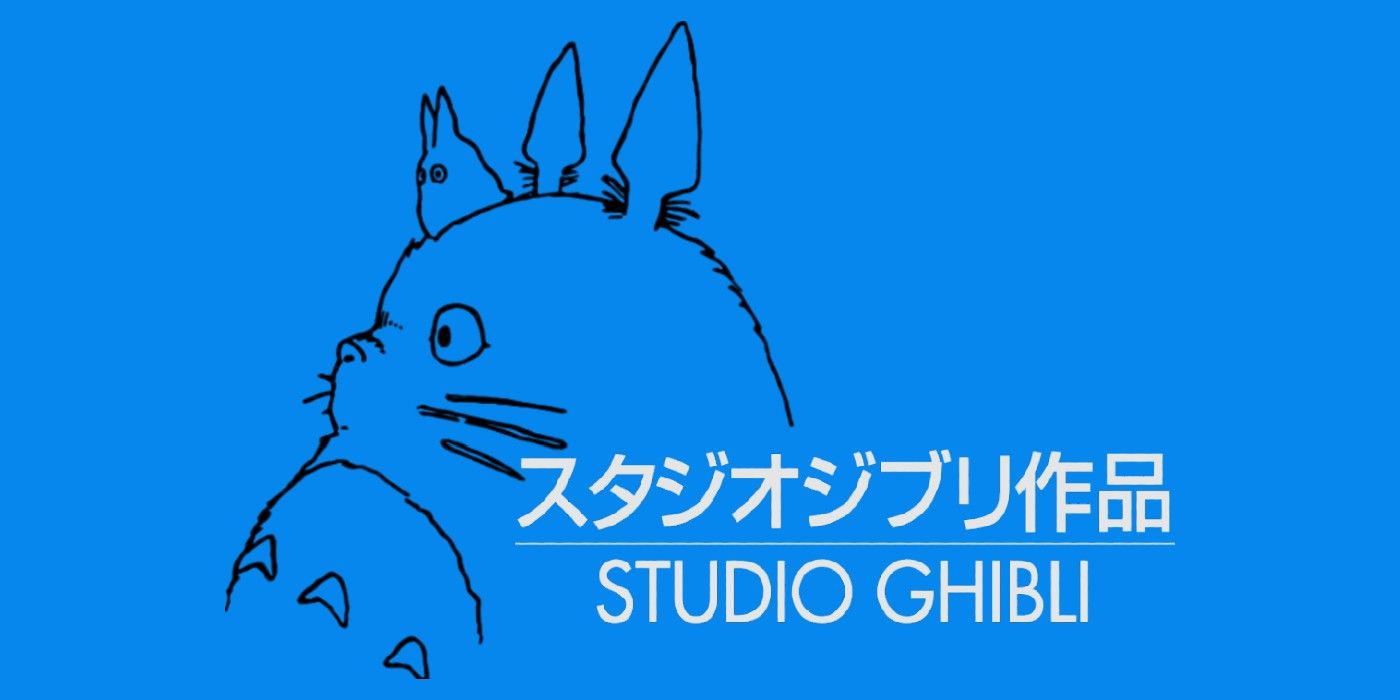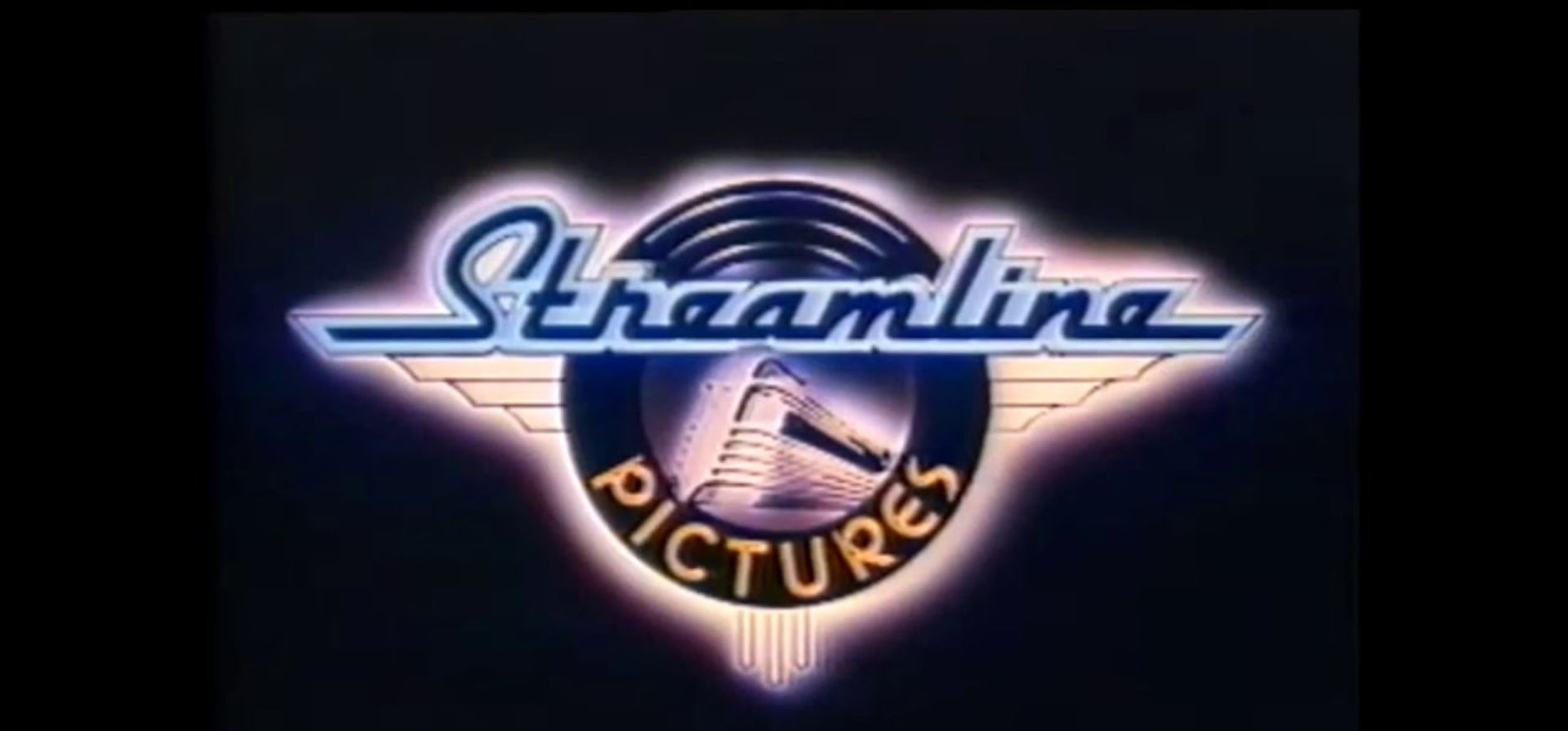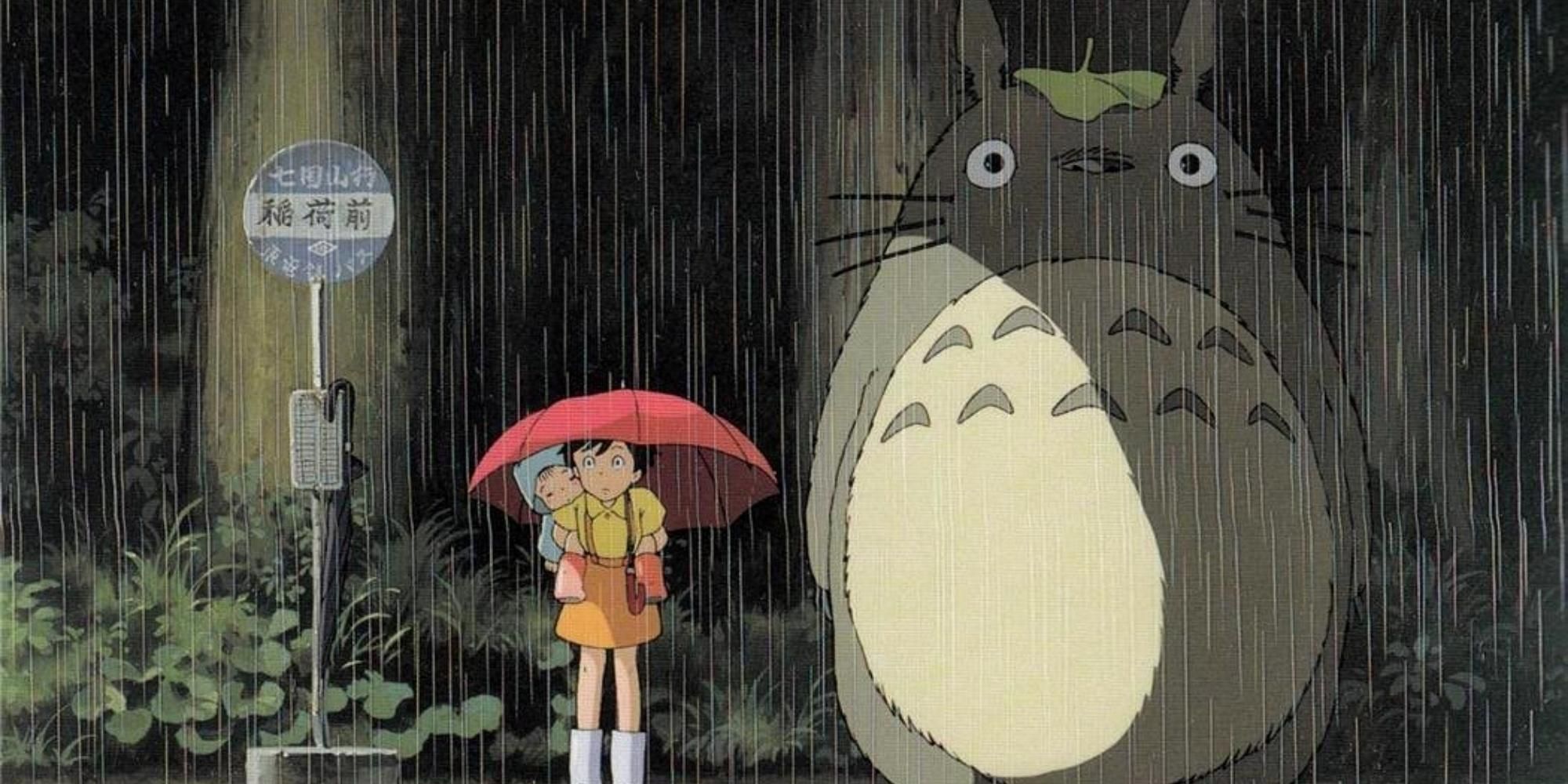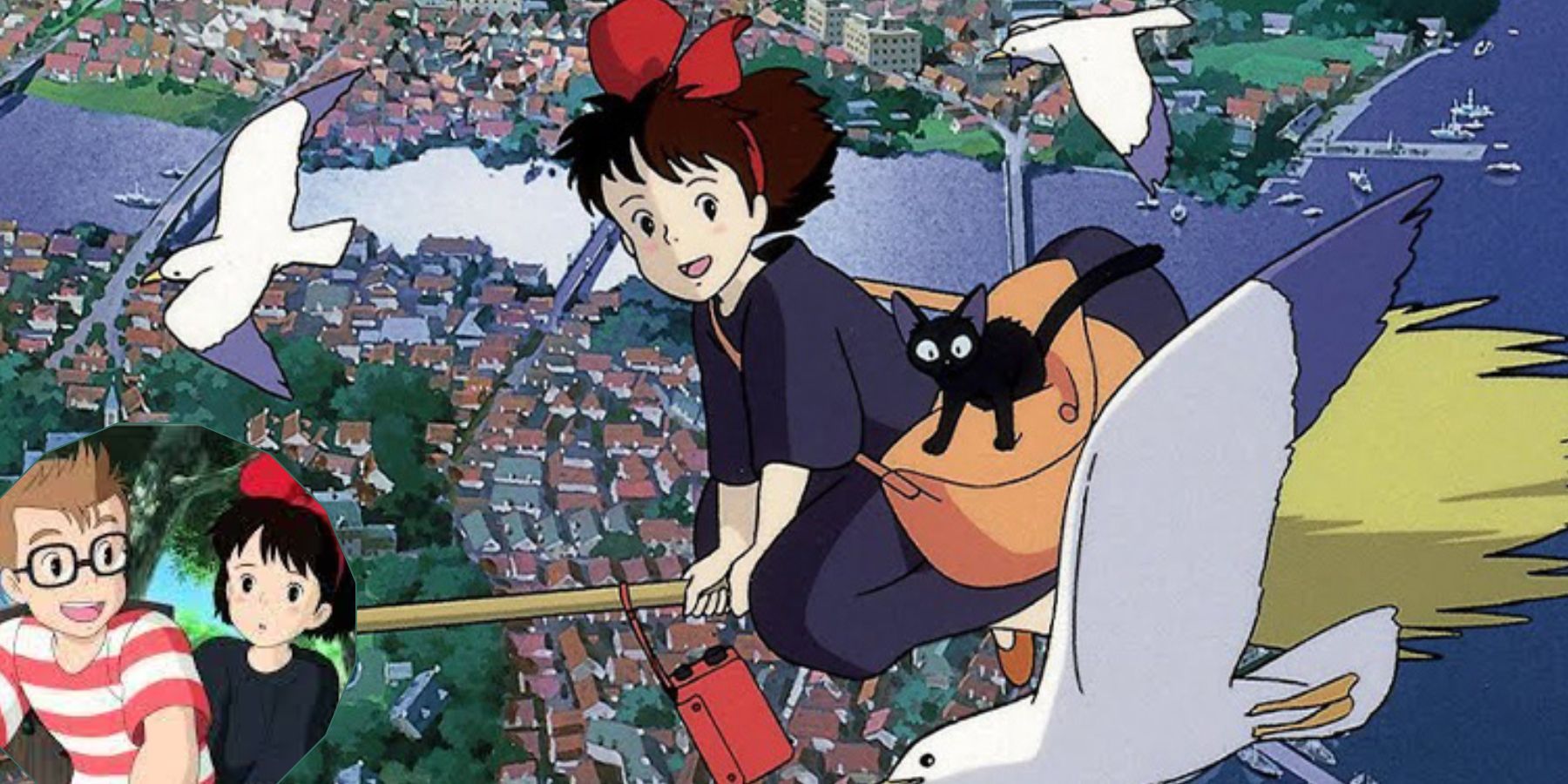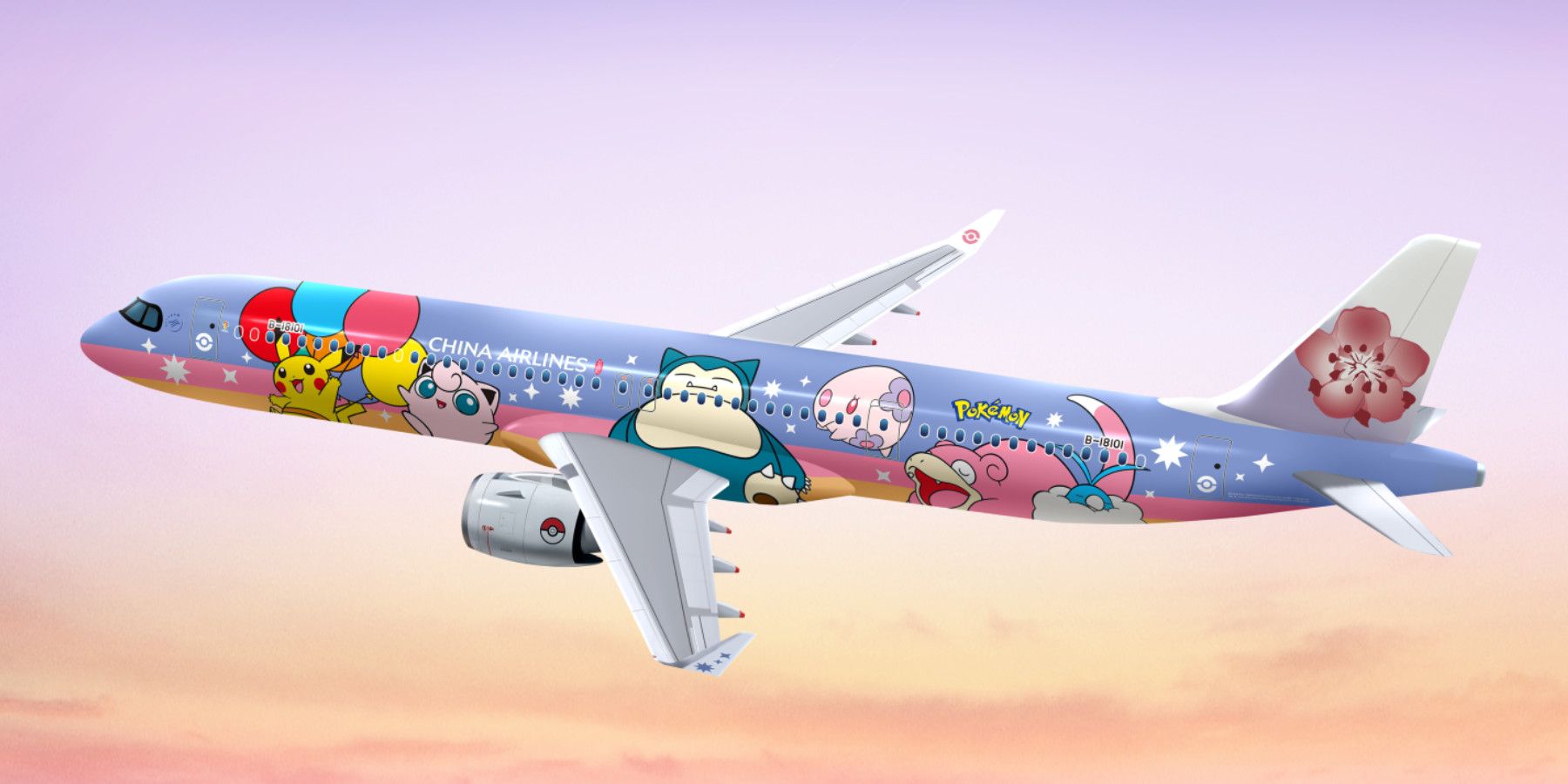The dubs for the Studio Ghibli films are considered by many to be some of the best ever produced. Except for the re-purposed Warriors of the Wind (which was originally Nausicaa: The Valley of the Wind), most of the dubs were handled by Disney, Pixar, and GKIDS, resulting in high quality dubs that have no cuts and very few scripts revisions. This is partially because Hayao Miyazaki was famously upset with the Warriors of the Wind adaptation, and refused to license his works to anyone who did not adhere to his strick adaptation demands.
This is why it took years for the Ghibli catalog to make its way to American shows. But were you aware that despite the lack of availability, English dubs of many of Miyazaki’s films existed BEFORE Disney got involved?! What is the history of these dubs? Why did they exist? And why didn’t Americans get to see them?
Streamline Pictures Involvement
Streamline Pictures was one of the first American companies to make a business out of dubbed and selling anime on the VHS market. It was an extremely small market at the time, yet the founders loved the cartoons and decided to try and bring it over to the states. Being in the industry, they did have experience dubbing some of Miyazaki’s earlier work. Most notably, they dubbed Lupin III: The Castle of Cagliostro (and had to deal with the legal complications that brought on) as well as Lupin III episodes that Miyazaki himself directed.
Their first Studio Ghibli release came in the form of Laputa: The Castle in the Sky. They licensed the film from Ghibli and were provided an already complete English dub. Accord to Fred Patton at Nausicaa.net:
Streamline Pictures theatrically distributed an English-dubbed print of Laputa from March 24, 1989 for the next year, but Streamline never dubbed it. Streamline licensed Laputa from Tokuma Shoten in late 1988 or early 1989, and was sent a print from Japan that had already been dubbed into English for use as an in-flight movie by Japan Air Lines on its trans-Pacific flights. We have no idea who actually dubbed it.
This dub would see a brief theatrical arthouse run in America, but it would never be released on VHS in the states.
My Neighbor Totoro
Streamline Pictures was responsible for an early dub of My Neighbor Totoro. Unlike the other pre-Disney dubs, this one WAS released in American cinemas and VHS! It almost didn’t happen thanks to a concern that the American distributors had over the scene in which the father and his daughters take a bath together, something that was common in Japan but not so much in America. They wanted to have the scene cut, but Miyazaki refused. The English producers ultimately honored that wish and the scene was ultimately deemed inoffensive enough to earn the film a G-rating by the MPAA.
Kiki’s Delivery Service & Porco Rosso
Two other pre-Disney dubs were not released on the home media market. Those were for Kiki’s Delivery Service and Porco Rosso. While Streamline Pictures did dub Kiki’s Delivery Service, they had only licensed the Porco Rosso dub, and they are unaware of who actually dubbed it. In both cases, neither of these released in theaters (even an arthouse theatrical run), and American’s never got an official release of any kind.
What was the Purpose of these Dubs?
The common thread all these dubs have in common is that they were made exclusively for the viewing of passengers on JAL trans-Pacific flights rather than for theaters or home video. While My Neighbor Totoro ultimately did receive an American theatrical release, none of these dubs were made with the intention to be viewed by the general public. American distributors weren’t willing to release the dubs on home video without changes being made, which Miyazaki refused.
Even My Neighbor Totoro’s theatrical and VHS was not a guarantee until the producers agreed not to go forward with their proposal to cut the bath sequence. When Disney acquired the Studio Ghibli catalog they opted to create new dubs rather than use the old dubs. You can find these dubs on Japanese imports of the laserdiscs and certain DVD copies, and they are interesting to watch for historical purposes. None of them are bad and likely would have been welcomed by audiences on VHS, however American companies just weren’t ready for PG-rated animated movies at the time, and ultimately many would agree the later Disney dubs were of higher quality, so the old saying that ‘good things come to those who wait’ continues to be true.

